As If Nothing Matters
October 26, 2018When I looked at the body
I thought only in clichés,
those that I had yet to experience
for thirty years.
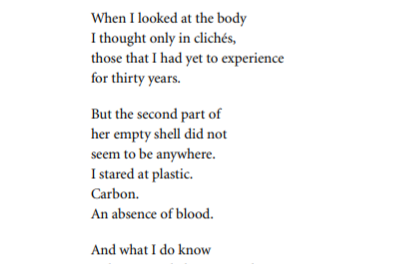
When I looked at the body
I thought only in clichés,
those that I had yet to experience
for thirty years.

May 14, 2017 I dreamt of Pavel Florensky, black-bearded, white-robed, scrunched and sharpened face, quizzical eyes, stepping into a dark classroom, eerie light in a still shaft from the rain-battered skylight above, unblinking student cadets…
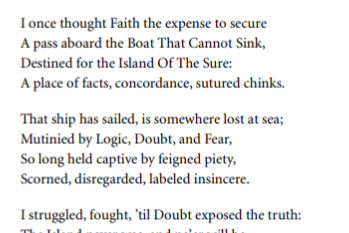
I once thought Faith the expense to secure
A pass aboard the Boat That Cannot Sink,
Destined for the Island Of The Sure:
A place of facts, concordance, sutured chinks.

Neil Longo, a lover of nature and of thought, ended his life on November 29, 2017. He was my student five years earlier and kept in touch with me. I had picked up hints of…
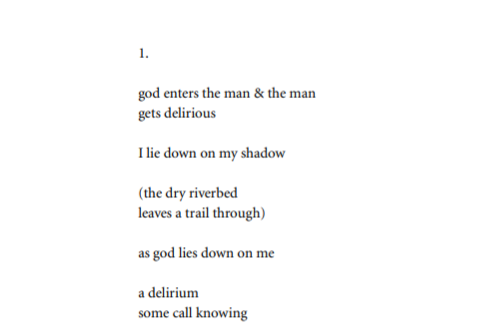
god enters the man & the man
gets delirious
I lie down on my shadow
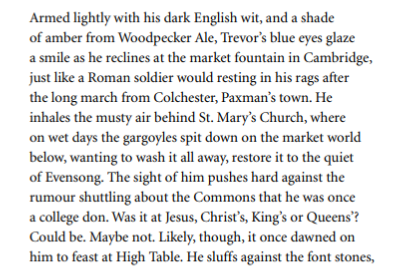
Armed lightly with his dark English wit, and a shade
of amber from Woodpecker Ale, Trevor’s blue eyes glaze
a smile as he reclines at the market fountain in Cambridge,
just like a Roman soldier would resting in his rags after
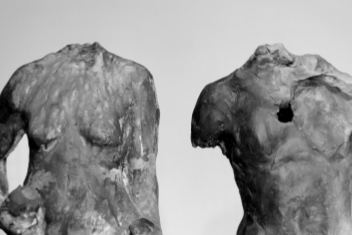
Fires were raging in the hills near Hearst Castle in the late summer of 2016. They spread and spread, consuming the Monterey pines and golden hills of the most remote area of the California coast, extending close enough to the castle that, at last, tours were cancelled and plans were made to remove the most precious art. From the darkened dining hall, the orange shadow of the flame cast an eerie half-light on the stone walls which, for the first time since their construction, shone no light, were hid by no tapestries, echoed no sound. The Mediterranean towers and domes once spoke of the power of humanity’s conquest and wealth—now they stood abandoned, a desperate testament to the beauty humanity creates and is unworthy of.
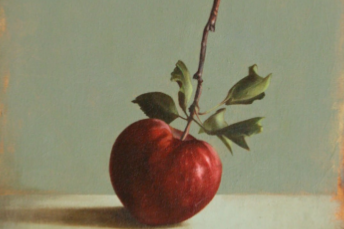
In his article “Toward a Tribal Critical Race Theory in Education,” Professor Bryan Brayboy posits that our stories are our theories.I feel most comfortable in story. As both a Mormon and a Tongan, I have used stories to educate and edify.
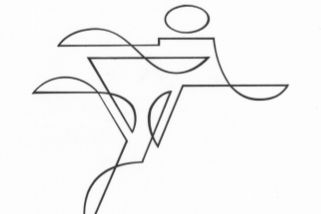
My article “Making Sense of Suffering” was published in Dialogue’s Summer 1992 issue. It detailed my journey of coping with multiple sclerosis. At the time of its publication, I was working for Dialogue as an editorial assistant, back when Ross and Kay Peterson were at its helm.
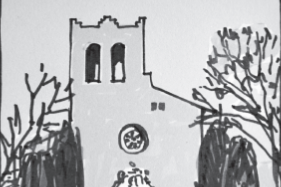
I feel the need to call attention to a pattern of destructive behavior that I believe needs to stop immediately. Like all destructive behavior, the only people we ultimately hurt with it is our ourselves.…